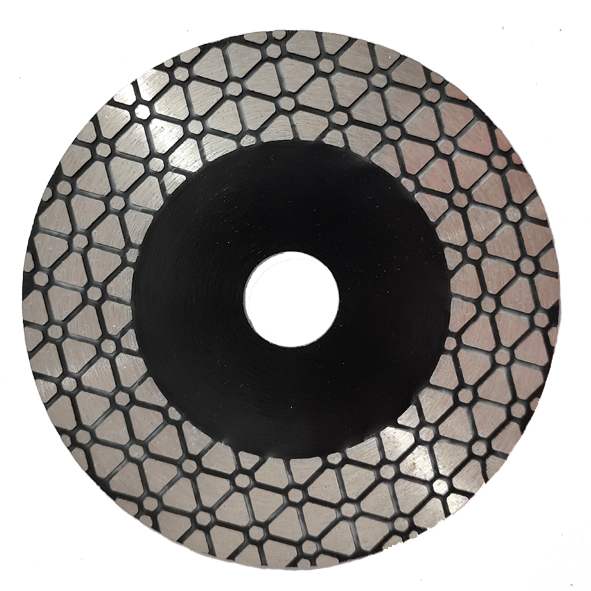Your Position: Home - Other Metals & Metal Products - How to distinguish the quality of diamond saw blades?
Diamond saw blades have become the cutting tools for the hardest materials and the leaders of woodworking dry cutting tools. Their super-hard performance and long-lasting wear resistance are the nemesis of woodworking materials. Diamond saw blades have a Vickers hardness of 10000HV, strong acid resistance, and the blade is not easy to be blunted. The quality of wood processing is good, and the wear resistance is high. Compared with cemented carbide, it is more wear-resistant. For particleboard, density board, wood flooring, veneer, etc., the continuous operation time can reach 300~400 hours, and the maximum use scrap time can reach 4000 hours/piece. Compared with cemented carbide blades, it has a longer service life, and the processing efficiency and processing accuracy meet the highest quality requirements. Therefore, the quality of diamond saw blades will also affect its use effect. Therefore, when choosing diamond saw blades, you need to carefully distinguish them. The following points are for reference only:
1. First, look from the side to see if the blade head on the diamond saw blade is in the same straight line.
If the blades are not in the same straight line, it means that the blades are irregular in size, some may be wide and some may be narrow, which will lead to unstable cutting and affect the quality of the saw blade.

2. You can look at the concentration and distribution of diamond sand exposed on the blade.
Within a certain range, when the diamond concentration changes from low to high, the sharpness and sawing efficiency of the saw blade gradually decrease, while the service life gradually increases; but if the concentration is too high, the saw blade will become blunt. Using low concentration and coarse grain size, the efficiency will be improved. Using the different functions of various parts of the blade during sawing, different concentrations are used (that is, the middle layer in a three-layer or more layer structure can use a lower concentration), and the middle groove is formed on the blade during the sawing process, which is conducive to preventing the saw blade from swinging, thereby improving the processing quality.
3. Observe whether the weld is tightly welded to the substrate.
There will be a weld between the weld and the substrate after copper welding. If the curved surface at the bottom of the blade is completely integrated with the substrate, there will be no gap. The gap indicates that the blade on the diamond saw blade is not completely integrated with the substrate, mainly because the curved surface at the bottom of the blade is not evenly polished.
4. Measure the weight of the saw blade.
The heavier and thicker the diamond saw blade is, the better, because if the saw blade is heavy, the greater the inertia force during cutting, and the smoother the cutting. Generally speaking, a 350mm diamond saw blade should be around 2 kilograms, and a 400mm diamond saw blade should be around 3 kilograms.
5. Check the hardness of the substrate.
The higher the hardness of the substrate, the less likely it is to deform. Therefore, whether the hardness of the substrate meets the standard during welding or cutting directly affects the quality of the saw blade. High-temperature welding without deformation and force majeure without deformation are all good substrates. After being processed into a JK saw blade, it is even better.
89
0
0
Comments
All Comments (0)